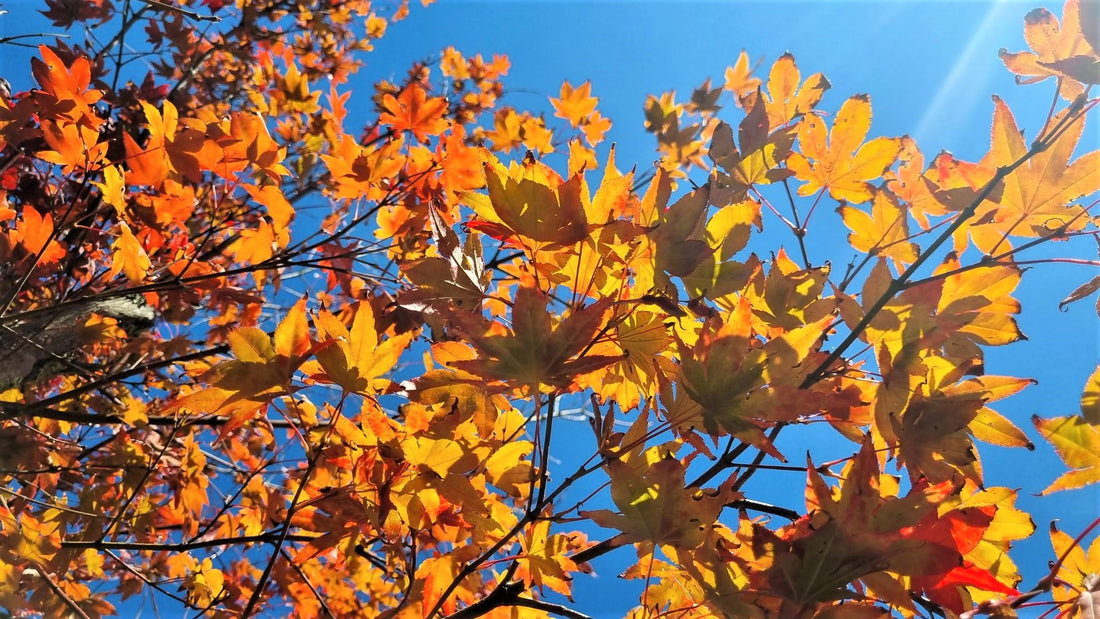Autumn is a beautiful season, marked by the changing colors of leaves and the cool crisp air. One of the most distinctive features of autumn is the sight of deciduous trees shedding their leaves, with shades of gold, red, and orange covering the ground. But why do deciduous trees change their leaf color and drop their leaves in autumn? In this blog post, we will explore the biological processes behind this stunning seasonal transformation.
Deciduous trees are those that lose their leaves seasonally, as opposed to evergreen trees that retain their leaves throughout the year. In autumn, deciduous trees begin to shut down their energy-producing processes as the days get shorter and temperatures cool down. The leaves are no longer able to photosynthesize enough energy to sustain themselves and the tree, so the tree must conserve its resources by shedding them.
Before the leaves fall off, they undergo a remarkable transformation. The green pigment, chlorophyll, which gives leaves their green color, begins to break down as the tree reabsorbs the nutrients from the leaves. As the chlorophyll breaks down, other pigments that were previously masked by the green chlorophyll become visible, giving leaves their stunning autumnal hues.
The red, orange, and yellow pigments seen in autumn leaves are called carotenoids and anthocyanins. Carotenoids are always present in leaves but are masked by the green chlorophyll. As the chlorophyll breaks down, the carotenoids are revealed, creating yellow and orange hues in the leaves. Anthocyanins, on the other hand, are produced in the leaf in response to sunlight, temperature, and other environmental factors. These pigments give leaves their vibrant red and purple colors.
As the tree absorbs the nutrients from the leaves, it creates a protective layer of cells at the base of each leaf stem, cutting off the leaf from the tree's vascular system. Without the nutrients and water supply from the tree, the leaves begin to die, turn brown, and fall off. This process not only conserves the tree's energy and resources but also helps protect the tree from the potential damage caused by harsh winter weather.
The next time you admire the beauty of autumn leaves, take a moment to appreciate the intricate biological processes behind this natural wonder.

